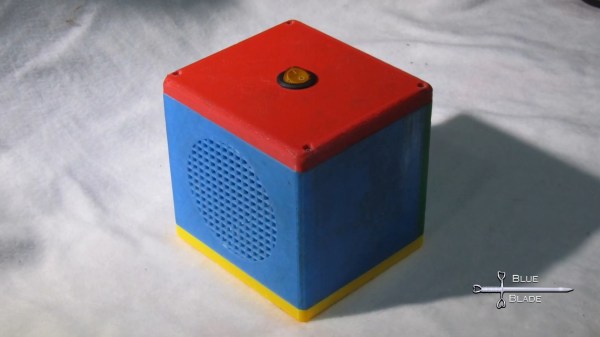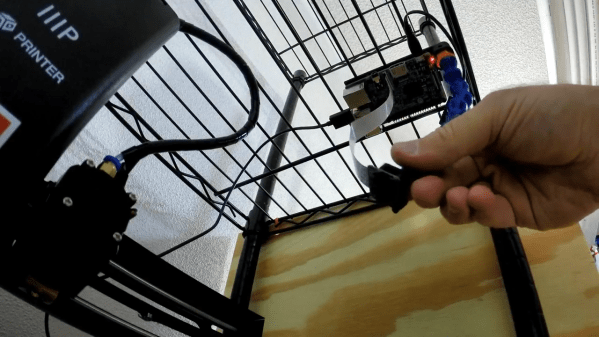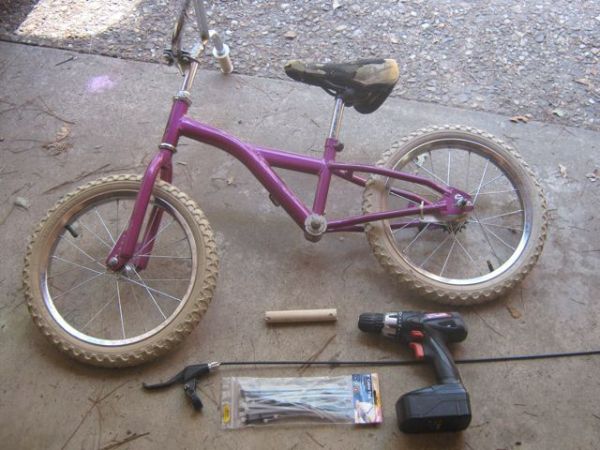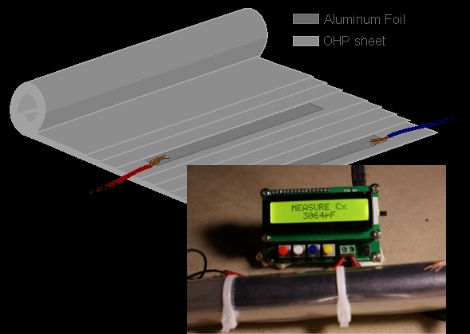If you ask your typical handyperson what’s the one thing you need to fix most things, the answer might very well be duct tape. But second place — and first place in some circles — would have to be zip ties. These little wonders are everywhere if you look for them. But they are a relatively recent invention and haven’t always had the form they have today.
The original zip tie wasn’t called a zip tie or even a cable tie. In 1958 they were called Ty-Raps and produced by a company called Thomas and Betts. Originally meant to improve aircraft wiring harnesses, they found their way into various electronic equipment and packaging uses. But they’ve also become helpful in very unusual places too. A policeman trying to round up rioters would have problems carrying more than a few conventional handcuffs. But flexible cuffs based on zip ties are lightweight and easy to carry. Colon surgeons sometimes use a modified form of zip tie during procedures.
History
Maurus Logan worked for the Thomas and Betts company. In 1956, he was touring an aircraft manufacturing plant. Observing a wiring harness being put together on a nail board, similar to how car harnesses are made, he noted that the cables were bundled with waxed twine or nylon cord. A technician had to tie knots in the cord, sometimes cutting their fingers and often developing calluses. In addition, the twine was prone to fungal growth, requiring special treatment.
Logan kept turning the problem over in his mind and tried various approaches. By 1958, he had a patent for the Ty-Rap. The tie was lightweight, easy to install, easy to remove, and inexpensive.

















